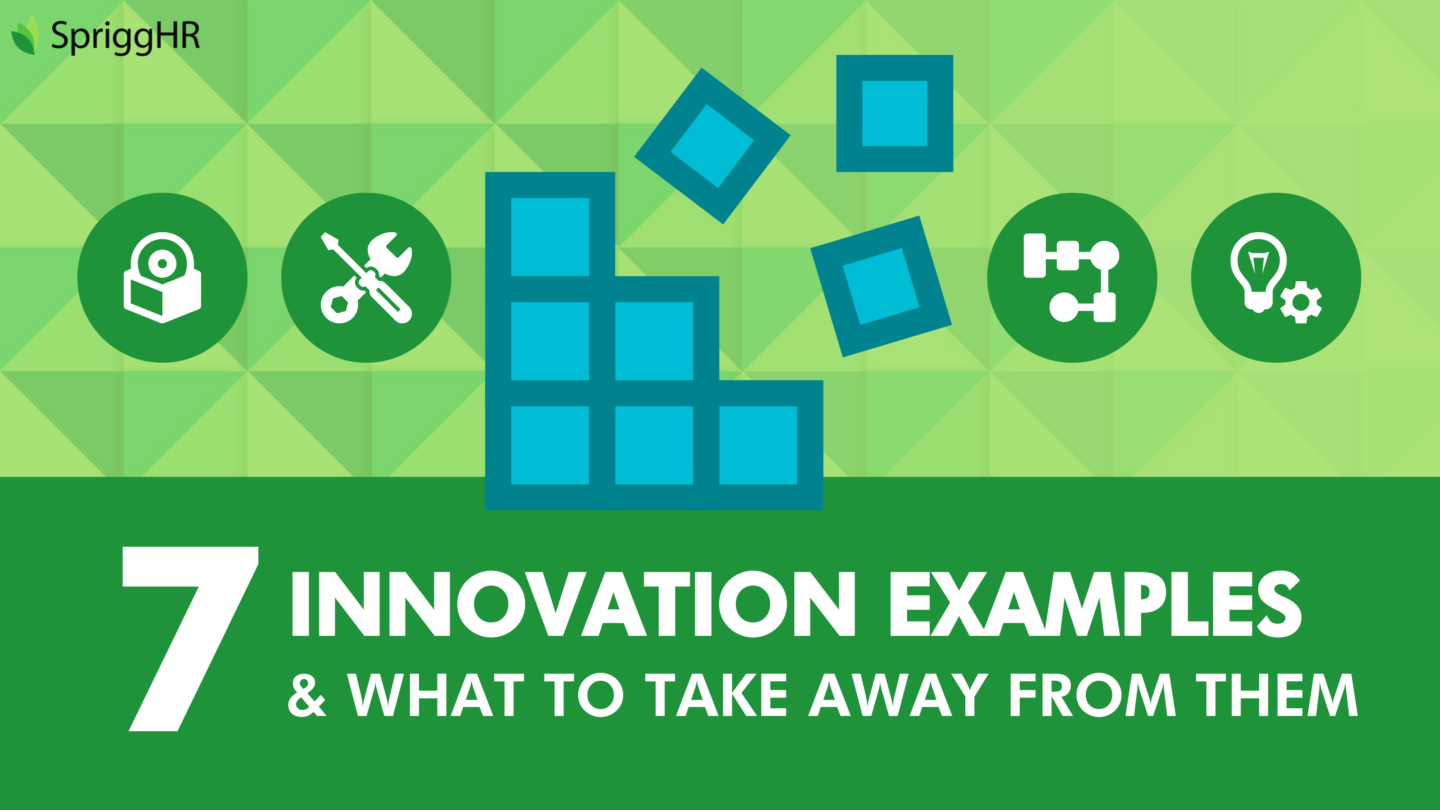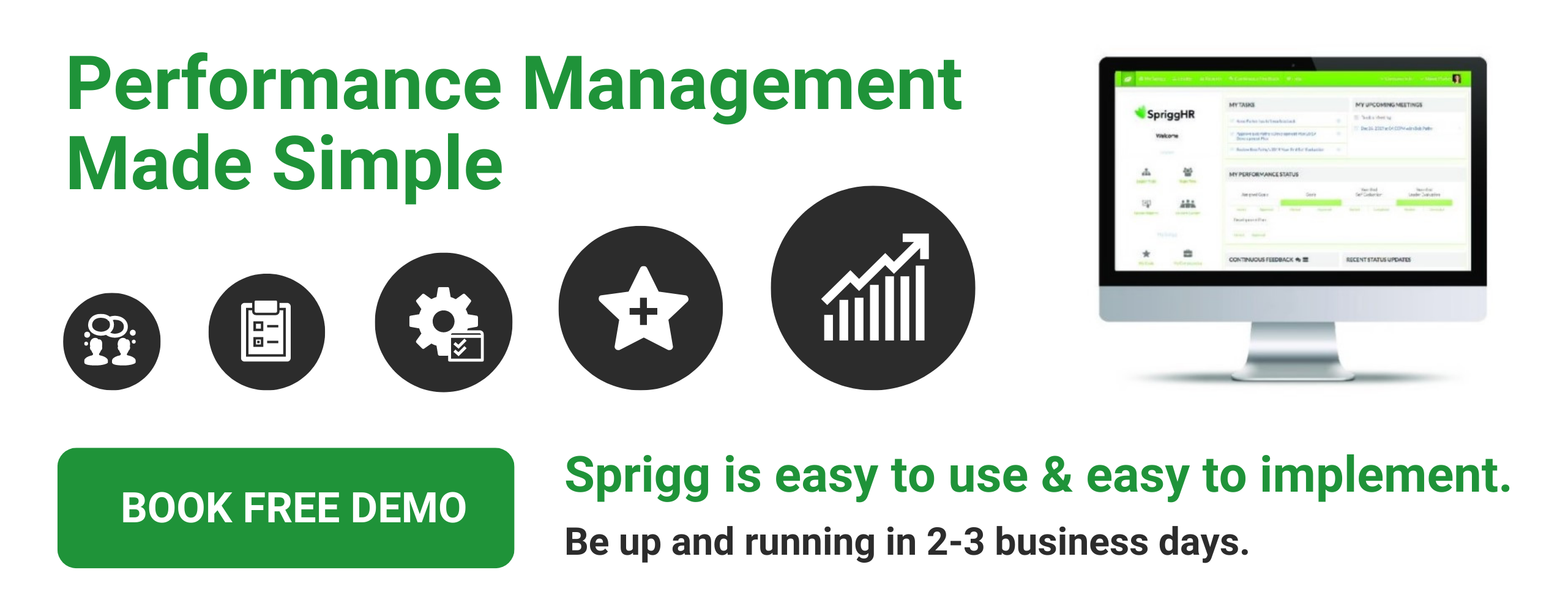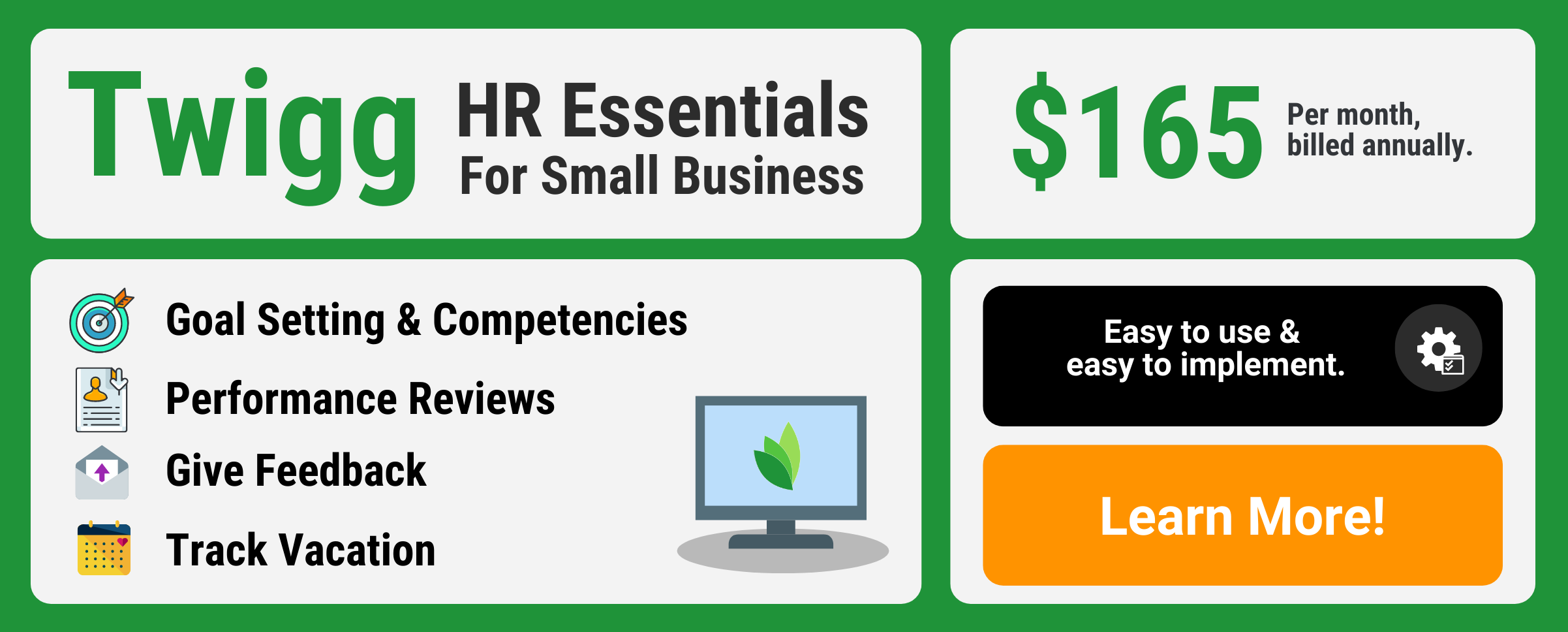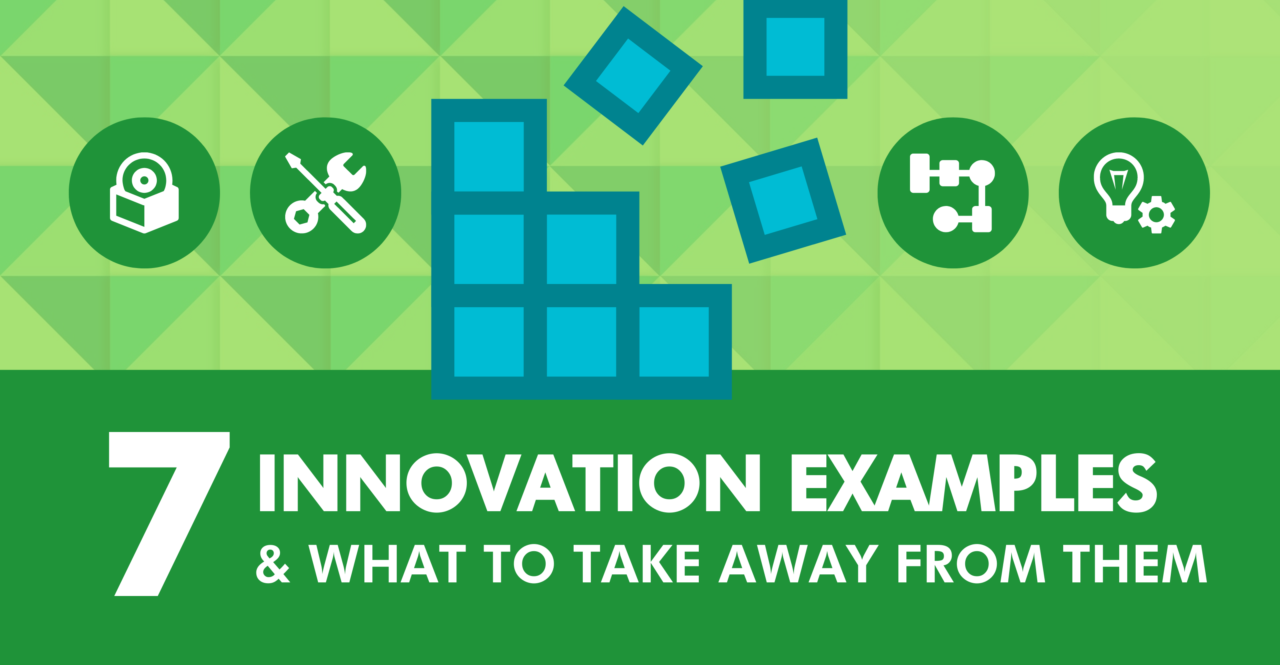
7 Examples of Innovation & Key Takeaways
Examples of innovation are all around us…
In today’s market, organizations work tirelessly in generating ideas for unique products and services that will help them beat the competition and be an industry-leading company. This very task hinges upon how innovative an organization is at its core. Examples of innovation are all around us and can fall into several different categories.
Innovation & Business
Innovation plays a central role in productivity gains and the competitiveness of enterprises, influencing a company’s economic growth and social wellbeing. According to statistics, between 2015-2017, the percentage of innovative enterprises in the marketplace increased by 12.5 percentage points. The specific means of innovation vary greatly as well. Organizational innovation – the introduction of new methods in business practices, workspace organization, or external relations with other companies – leads in emerging innovation types at 59.5% in 2015-2017, increasing from 37.9% in 2010-2012. It is followed shortly by marketing innovation – the use of new media or techniques for promotion, new methods of product placement and pricing, or changes to design or packaging – with rates rising 21.2 percentage points over the same period.
Innovation is needed to offer the right value to your organization’s customers. Strong innovation techniques set you apart from your rivals and make you the preferred choice for customers. Ultimately, your efforts to differentiate build and sustain value creation and customer loyalty.
What is innovation, then? It is specifically defined as the process of making an idea or invention into a strong product or service that creates value and/or for which customers will pay. There are many different types of examples of innovation with as many practical takeaways.
In this article, we will look at seven strong examples of innovation that should encourage and inspire you to apply the concept of innovation to your own organization.
Examples of Innovation – Products
Product innovation involves creating new products or improved versions of existing products that increase and improve its use. When an organization embraces product innovation, products can be differentiated from others in the market, thereby making them more attractive to customers. Companies that implement product innovation are bound to experience growth, expansion, and gain a competitive advantage over industry competitors.
Some product innovation examples include:
Apple Inc.
The success of the iPhone series is undeniable. What some organizations fail to recognize, however, is that its success is largely due to its existence as a series itself. Instead of developing and independent products, Apple Inc. regularly improves upon the existing model of the iPhone and releases its improvements in a stylized manner, generating excitement and increasing sales with every new model to be announced.
LG
LG introduced a new type of screen flexible enough to roll like a newspaper. By solving the problem of portability, their brand immediately becomes more attractive to customers in the market for mobile devices.
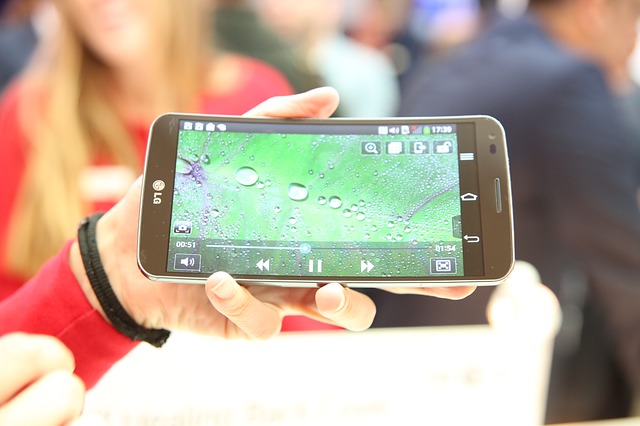
Radical Examples of Innovation
Radical innovations are innovative business solutions that organizations have undergone that have ultimately transformed the future of the organizations themselves. While these are riskier, it demonstrates the power that strong innovation can have on the success of a company.
Some radical innovation examples include:
Amazon
While Amazon’s success is largely due to its massive product selection, ease of use and convenience, the introduction of their Dash Button feature was an extremely successful service innovation. The Dash Button is a small Wi-Fi connected device that allows customers to reorder household essentials with ease, which worked to improve the efficiency and ease of their purchasing process.
Salesforce
Salesforce’s introduction of their CRM system, a platform that gives every organization’s department a shared view of every customer, is both a radical innovation example and an extremely strong marketing innovation example. By harnessing new technology, its platform in the form of cloud computing supports today’s modern business model.
Examples of Innovation – Process
Many organizations have achieved success in their operations by embracing innovation in the process of producing their goods and services. Process innovation improves a company’s efficiency, reducing the cost of production, increasing the quality of the product, and overall boosting profitability.
One of the strongest process innovation examples is:
Zara
Zara’s decision to not spend any of their budget on advertising may seem abnormal, but ultimately, their reliance upon word of mouth and labeling has allowed for a reallocation of funding towards efficient production patterns. They have developed a process that enables them to respond quickly to market demands, establishing an innovative manufacturing process that optimizes their response time to market demands. Only 15-25% of their clothes are produced before the season, and 50-60% during the beginning of the season. The remainder is produced during the season, responding to customer wishes directly and staying ahead of the curve on the market. This process innovation allows Zara to be market-responsive, solidifying its top position among fashion brands.
Examples of Innovation – Open
Open innovation refers to the alternative to conventional innovation, which tends to limit itself to information that stays within pre-set confines. It is a more distributed, more participatory, more decentralized approach to innovation, based on the observed fact that useful knowledge today is widely distributed, and no company, no matter how capable or how big, could innovate effectively on its own.
Some open innovation examples include:
Samsung
Samsung is a leader in innovation in today’s market, advocating for open innovation and partaking in innovation collaboration with start-ups. Their innovation process divides itself into 4 categories: partnerships, ventures, accelerators, and acquisitions.
- Partnerships are collaborations between companies, often start-ups. These usually aim for new features or integrations with Samsung’s existing products.
- Ventures are investments into early-stage start-ups. These bring Samsung revenue in case of exits and provide the company with access to new technologies that they can learn and benefit from.
- Accelerators provide start-ups with an innovative environment to create new products, offering an initial investment, facilities to work in, and some resources to help along the way. The goal of this effort is that internal start-ups end up becoming a part of Samsung’s product portfolio, serving as learning experiences for the company.
- Acquisitions work to bring in start-ups working on innovations that are at the core of Samsung’s strategic areas for the future. These often remain independent from units but can also join the Accelerator program.
Lego
While Samsung demonstrates success in open innovation by systematically collaborating with start-ups, Lego exhibits how engaging with customers directly can also increase productivity.
By activating users through its Create and Share site, it allows community members to share their own product designs and Leo pictures. It also offers customers access to the Lego Ideas site, where new product ideas can be generated.
A specific example of the ways in which this open innovation method has benefited Lego is its mini-Big Bang Theory Lego set, which was a community-based product that originated in Lego ideas. When the number of supporters for an Idea reaches 10,000, Lego evaluates the design, and if it is approved, the design can be released into stores under the Lego Ideas product label. When a product idea is approved, the original community member(s) that ideated the product are provided monetary compensation.
The community provides Lego with thousands of new ideas annually, enabling Lego to have a steady flow of free ideas that they can ensure customers are already eager to purchase for themselves. This innovative approach in their product design phase is a key factor in their success as a brand.
Final Thoughts
Innovation is extremely essential to any organization, especially in today’s hyper-competitive business market. The successful exploitation of new ideas is critical to a business’s ability to improve its processes, bring new and improved products and services to the market, increase its overall efficiency and productivity, and, most importantly, improve its profitability.

